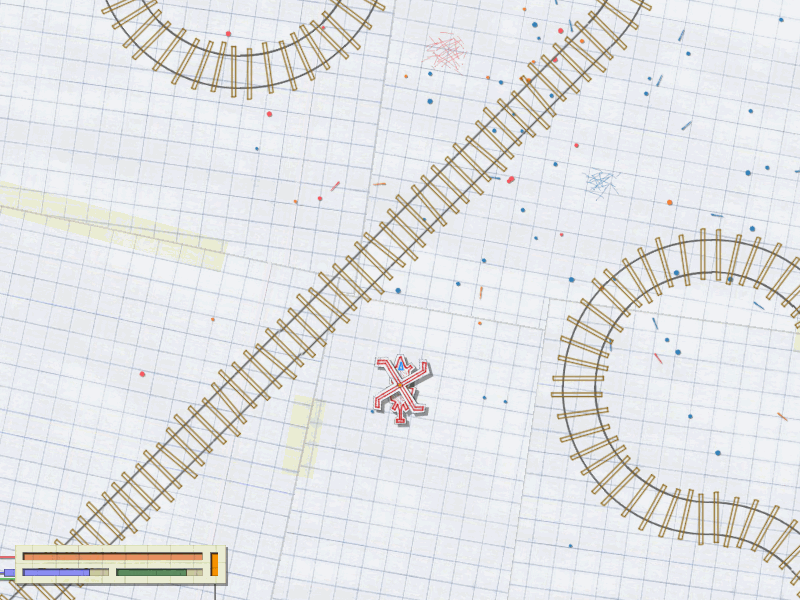1
General / Re: Is it possible to use STL classes to store graphics or sounds?
« on: June 26, 2017, 11:28:22 pm »
Yes, you can. Usually using a vector is enough for most cases, but you could use lists or maps as well if needed, just make sure that you know the differences between them, as each have both advantages and disadvantages. If you are just starting out, I advice just using vectors, as they are pretty straightforward.
It's true that the elements are destroyed when the container goes out of scope, but that's the case for any variable, so I don't really see the problem. You just need to make sure to declare your vector/list/map in the appropriate scope, like in your main, for example, and the elements shouldn't be destroyed until your game is closed.
The white square problem happens when your sprite is using a texture that no longers exists, so it's not a problem about the STL containers per se, but more about scope/lifetime. Take the following example:
int main() {
sf::Sprite sprite;
int number = 1;
if (number == 1) {
sf::Texture texture;
texture.loadFromFile("sprite1.png");
sprite.setTexture(texture);
}
}
The code above will produce the white square problem because the texture is declared inside the "if" statement, so when the code inside the brackets ends, the texture will no longer exists, and you'll get a white square when you draw your sprite.
If you do the following instead:
int main() {
sf::Texture texture;
sf::Sprite sprite;
int number = 1;
if (number == 1) {
texture.loadFromFile("sprite1.png");
sprite.setTexture(texture);
}
}
Then it's not a problem, the texture won't get destroyed when the "if" statement ends due to being declared outside of it. The same applies if you are using a vector of textures, or a class, or anything, really.
As to why your particular code doesn't work, I can't really say anything because I'm not familiar with maps, and besides, you only provided us the code of your class, but not the code where you actually use it. However, I can say that you seem to be overcomplicating yourself by using an static instance. I'm no expert at C++, but that looks like bad design, and it seems like it would bring tons of trouble. Maybe your problem is related to that.
It's true that the elements are destroyed when the container goes out of scope, but that's the case for any variable, so I don't really see the problem. You just need to make sure to declare your vector/list/map in the appropriate scope, like in your main, for example, and the elements shouldn't be destroyed until your game is closed.
The white square problem happens when your sprite is using a texture that no longers exists, so it's not a problem about the STL containers per se, but more about scope/lifetime. Take the following example:
int main() {
sf::Sprite sprite;
int number = 1;
if (number == 1) {
sf::Texture texture;
texture.loadFromFile("sprite1.png");
sprite.setTexture(texture);
}
}
The code above will produce the white square problem because the texture is declared inside the "if" statement, so when the code inside the brackets ends, the texture will no longer exists, and you'll get a white square when you draw your sprite.
If you do the following instead:
int main() {
sf::Texture texture;
sf::Sprite sprite;
int number = 1;
if (number == 1) {
texture.loadFromFile("sprite1.png");
sprite.setTexture(texture);
}
}
Then it's not a problem, the texture won't get destroyed when the "if" statement ends due to being declared outside of it. The same applies if you are using a vector of textures, or a class, or anything, really.
As to why your particular code doesn't work, I can't really say anything because I'm not familiar with maps, and besides, you only provided us the code of your class, but not the code where you actually use it. However, I can say that you seem to be overcomplicating yourself by using an static instance. I'm no expert at C++, but that looks like bad design, and it seems like it would bring tons of trouble. Maybe your problem is related to that.







 ).
).  , so I'll be grateful for any pointers regarding the writing.
, so I'll be grateful for any pointers regarding the writing.